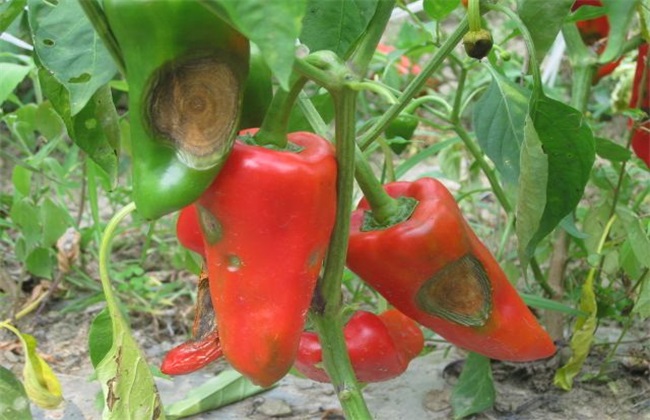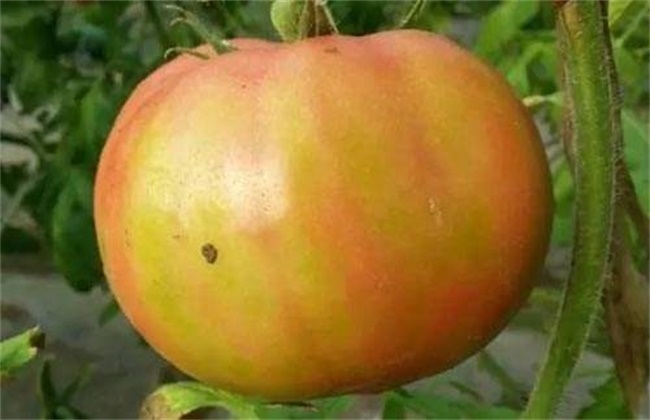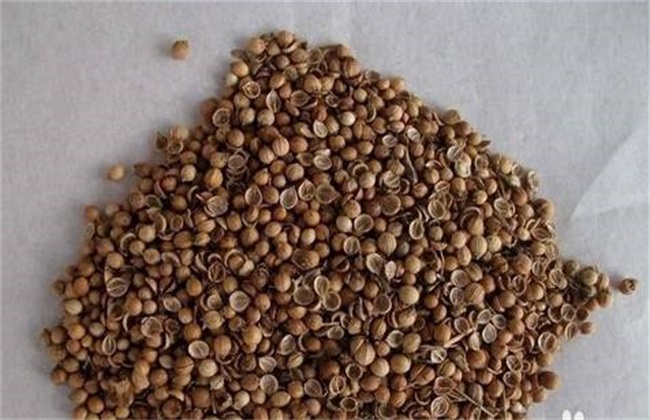Control of pepper anthracnose
Pepper in different periods will occur different diseases, I will now mainly give you a brief introduction to pepper anthracnose. This disease mainly infects mature or close to mature pepper after color conversion, hard planting results, in the fast maturity, harvest was violated, absolutely can not let such a thing happen, see how to deal with can eliminate the bacteria.

I. Symptoms of infection
Infected mature fruit, usually after burns easily complicated. Round lesions with striations began to appear, with red granules on the lesions, gradually turning black. The lesion gradually sags. Wet weather will appear red goo, dry into thin gray. Occasionally old leaves are infected, showing round brown spots, producing small black spots, and eventually falling leaves. Brown irregular spots on stems, dry and cracked, possibly infected.
II. Occurrence and dissemination
The pathogen overwinters as conidia on the seed epidermis or hyphae inside the seed. Spring seeds can be transmitted directly with bacteria and infected directly when unearthed. Conidiospores can also be transmitted by rain, irrigation and water, and continue to reproduce and spread. Pathogens also grow well under high temperature, air humidity above 70%, partial application of nitrogen fertilizer, strong light for a long time are easy to induce disease. Pathogens generally enter through wounds, tender parts, and natural orifices.
III. Treatment measures
1. seed selection and soaking
For seed retention, attention should be paid to detecting diseases. Pepper should be picked from disease-free plants, seeds should be taken, and the pepper varieties collected should have strong disease resistance and good adaptability, and the disease-resistant and high-quality varieties developed by special treatment should be specially treated. The remaining seeds should be soaked in 500 times solution of 50% carbendazim WP or 1 hour before sowing. Late results can be treated with 50% mancozeb WP spray or 75% chlorothalonil WP solution, two or three times at intervals of two days.
2. Manage the garden.
Planting should be set at appropriate row spacing, proper density, good ventilation and light transmission, appropriate temperature, will not close. Base fertilizer and topdressing should be used in a timely manner, with sufficient dosage, which can maintain healthy growth potential and enhance disease resistance. Moisture field soil surface dry, moist inside will not be infected with germs. Fruit can be picked earlier, anyway, can rely on physiological ripening, there is no possibility of disease, but also convenient storage. After all chilli are harvested, the plants can be pulled out, and the diseased bodies can be collected and burned for sterilization to avoid overwintering hazards.
There are many causes of anthrax, in fact, to do a good job of prevention, we should first eliminate the potential causes, and then if the disease still occurs, we should use some agents to control it. The best way is to harvest early, early harvest there is no possibility of damage.
Related
- Where is it suitable to grow horseradish in China? it is expected to see the middle altitude horseradish in Alishan.
- How to prevent tomato virus disease reasonably? (Control methods included)
- Many people like to plant towel gourd on the balcony. What are the main points of this method and management?
- What crops can chili peppers be mixed with?
- Fertilization techniques and matters needing attention in Tomato
- What are the grafting techniques for peach seedlings in spring?
- Harm and control methods of root swelling disease of Chinese cabbage
- What are the pests of sweet potatoes? How to prevent and cure it?
- Symptoms, causes and Control methods of navel Rot in Tomato
- The cause of "Cucumber rotten bibcock" in Farmers' planting Cucumber and its Control Plan



